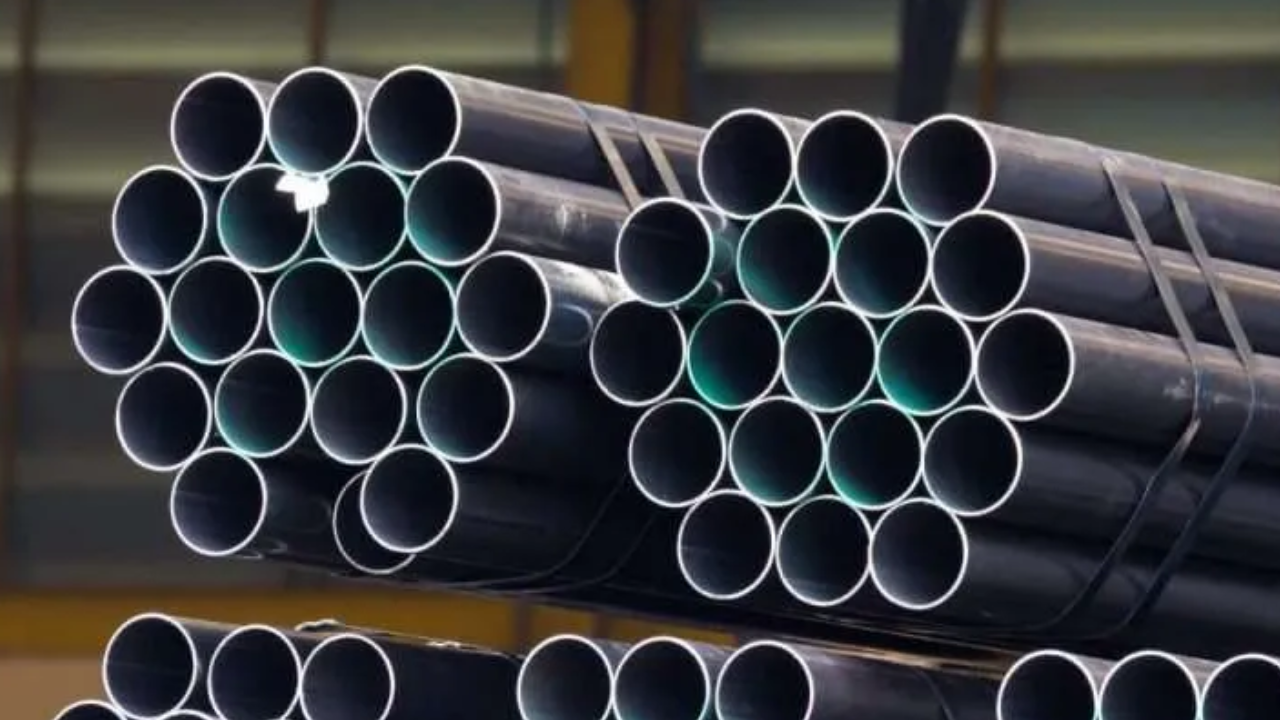In the oil and gas industry, understanding the API Casing Chart is urgent for engineers to guarantee the security and effectiveness of boring tasks. The API casing chart is considered to give itemized details to casing pipes utilized in oil and gas wells, including aspects, materials, and execution appraisals.
By using this thorough chart, architects can choose the fitting casing pipe in view of elements like well profundity, pressure, and land conditions, eventually decreasing the gamble of good disappointments and boosting creation yield. Without a strong comprehension of the api casing chart, oil and gas designers might confront various difficulties during boring tasks.
Step-by-step Instructions to Interpret API Casing Chart
Understanding how to decipher the API Casing Chart is fundamental for oil and gas specialists to design and execute well plan and boring activities actually:
Breaking the Chart
At the point when you first glance at the API Casing Chart, you might feel overpowered by the numbers, images, and contractions. Nonetheless, separating the chart into more modest areas can assist you with getting a handle on the data it contains.
Sections and Columns
Begin by finding out more about the various segments and lines on the API Casing Chart. The segments normally incorporate data, for example, the casing size, weight per foot, ostensible wall thickness, outside width, inward yield pressure, and inner yield pressure breakdown strength. Understanding what every one of these boundaries addresses is vital to deciphering the chart precisely.
Casing Size Section
Focus on the casing size section, which shows the distance across of the casing pipe in inches. This is a significant boundary as it decides the size of the wellbore and how much liquid can be siphoned through the casing. The weight per foot section gives data about the heaviness of the casing pipe per straight foot.
Ostensible Wall Thickness
The ostensible wall thickness section shows the thickness of the casing pipe wall, which affects its primary honesty and protection from outside pressures. The external width segment indicates the distance across the casing pipe. This boundary is basic for understanding how the casing will squeeze into the wellbore and connect with different parts of the well.
Yield Strain
The inner yield tension and outside yield pressure breakdown strength segments give data about the most extreme strain that the casing can endure prior to yielding or falling. These boundaries are fundamental for guaranteeing the security and respectability of the well during boring and creation activities.
Material Grade
Notwithstanding these key boundaries, the API Casing Chart may likewise incorporate data about the material grade, string type, and association sort of the casing pipe. Understanding these extra subtleties is significant for choosing the suitable casing for a specific well plan and penetrating activity.
Significance of API Casing Chart
The API Casing Chart is a basic device for oil and gas engineers working in the business.
Determination of the Right casing Line
One of the key justifications for why the API Casing Chart is so significant is that it assists engineers with choosing the right casing pipe for a particular penetrating activity. Casing pipes arrive in various sizes and grades, and it is fundamental to pick the right one to guarantee the respectability of the well.
Itemized Information on Fundamental Variables
As well as choosing the right casing pipe, engineers should likewise consider different factors like strain evaluations, breakdown opposition, and rigidity while planning a well. The API Casing Chart gives itemized data on these properties, permitting specialists to come to informed conclusions about the casing materials and details required for a protected and effective penetrating activity.
Helps in Investigating Issues
One more significant part of the API Casing Chart is that it assists engineers with investigating issues that might emerge during boring activities. For instance, in the event that a casing string bomb is caused by strain or mechanical disappointment, designers can allude to the chart to assess the main driver of the issue and make vital changes for future wells.
Finishing Lines
Understanding the API Casing Chart is fundamental for oil and gas engineers as it gives significant data on the different sorts of casing and tubing utilized in boring tasks. By really getting to know this chart, architects can arrive at informed conclusions about the materials and particulars required for each well, at last guaranteeing the achievement and security of the penetrating system.


